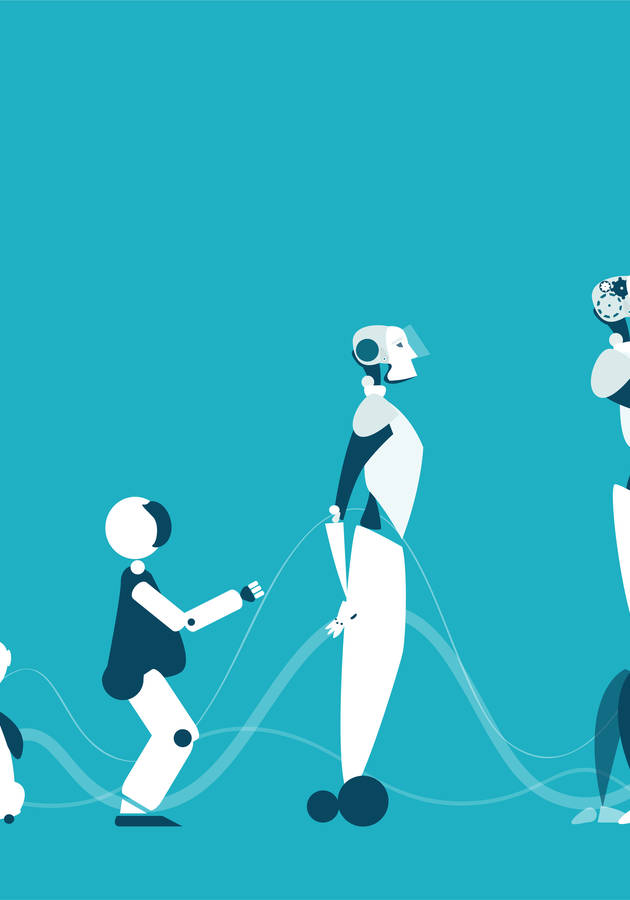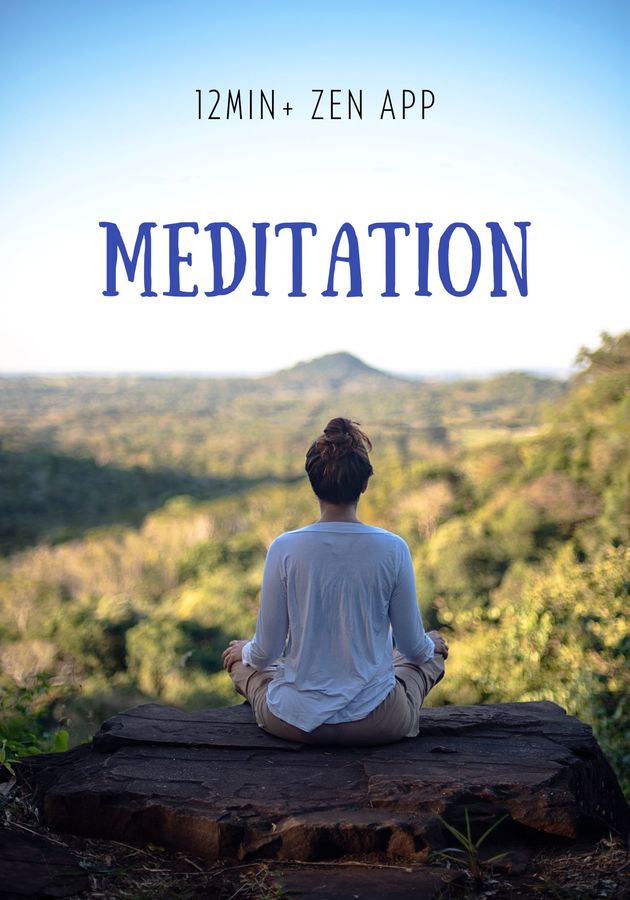We all strive for a relationship without any conflicts; yet, hardly any of us achieve it, mostly because we subconsciously repeat destructive behavioral patterns learned in early childhood. “Conscious Loving” by Gay and Kathlyn Hendricks teaches us how to abandon these patterns and deal with conflicts effectively. The book is the result of a 20-year-long exploration – through counseling more than one thousand couples, the authors have developed a step-by-step guide to what they call “conscious loving.” So, get ready to learn how to avoid the traps of unconscious loving and make your relationship passionate, productive, and harmonious!
What is unconscious loving and codependence?
The phrase unconscious loving is partly self-explanatory: the authors use it to mark a relationship in which partners are not aware of the harmful behavioral patterns they are locked in.
Unconscious loving causes pain, mistrust, and a lack of independence in a relationship. The most common form of unconscious loving is codependence. The term itself comes from the field of alcoholism treatment. What often prevents an addicted person from recovering is an unhealthy relationship where another partner supports the addiction, as it is a part of a familiar pattern.
In a relationship, codependence occurs when someone else’s behavior influences our behavior, and we neglect our own needs and feelings. A union based on codependence restrains people's potential, leaving them unhappy and frustrated.
“Codependents often do not touch liquor or drugs, but they are addicted, nonetheless, to something much subtler: control and approval.” The need to control a partner's feelings and behavior is often at the very center of relationships. By wanting to control our partner, we indirectly send them a message that we don't approve of their actions. Consequently, they try to please us, seeking our approval. Naturally, this makes them do things that are opposed to their instincts and beliefs.
Ask yourself if you are codependent. If you are, these are some of the issues you frequently face in a relationship:
- You have difficulties allowing others to feel or act in a certain way.
- You find it hard to express feelings of anger and sadness.
- You criticize or get criticized frequently.
- To please others, you frequently do things you don't want to.
- Your arguments are always about discovering who is at fault. One person is right and the other one apologizes, promising to do better next time.
If any of these sounds familiar, you are one step closer to conscious loving. Now, let's see what the main codependent behavioral patterns are.
The nine traps of unconscious loving
Codependent relationships are, according to the authors, “based primarily on your unconscious needs, structured around old patterns usually learned in childhood.” Gay and Kathlyn Hendricks call these patterns “codependent traps.” Here are the most common nine:
- Trap 1. In my relationships I let people get away with destructive behavior. It means that you unconsciously support your loved ones, even if they hurt themselves.
- Trap 2. I form relationships with people who let me get away with destructive patterns. This pattern is the opposite of the previous one. If you surround yourself with people who support your bad habits, then you are in a codependent trap.
- Trap 3. I am in a relationship that resembles my parents’ relationship. Many of us often copy our parents' style of loving instead of creating one that suits our relationship better.
- Trap 4. I form relationships with people whose personalities and behavior resemble that of one or both of my parents. It is not a problem if our partners and parents share positive traits. The unconscious loving arises once they share the same flaws.
- Trap 5. Out of reaction to parental relationships, I create relationships that are the opposite of my parents’. Some choose to build the relationship model in contrast to their parents’. By acting rebelliously, they base their life on anger, which is not a satisfying foundation.
- Trap 6. Out of childhood trauma a pattern is generated, and I play out that pattern repeatedly in my relationships. Many troubling relationship patterns, rooted in childhood events, are repeated if the context is similar.
- Trap 7. I participate in continual conflict in my relationships, or I avoid conflict at all costs. Some people are addicted to arguments, and others try to avoid them. Both prevent them from having a relationship that is free of codependence.
- Trap 8. With the possibility of success at hand, I mess up. Avoiding achievements is often the result of a lack of confidence: messing up keeps us from having to go through the pain of a larger failure.
- Trap 9. Because I have never learned true independence, I create relationships in which I perpetuate dependence. People are in this trap if they adjust their feelings and reactions to the needs of others.
If you are in any of these traps, it's time to get more conscious about loving. First, let's learn what conscious loving means.
Conscious loving: journey to co-commitment and co-creativity
Just as unconscious loving leads to codependence, conscious loving leads to co-commitment and co-creativity. Conscious loving is what we all wish to have. “We each have a strong inner urge toward conscious loving: toward love relationships that are free of mistrust, disharmony, and unspoken words,” write the authors.
We often forget that love is a powerful force, since we expect our relationships to provide us with survival and protection. As we seek security, we fall into traps of repeating the same behavioral patterns that, paradoxically, make us more dependent and insecure. Conscious loving is about independence: it's about being able to “relate closely to others while maintaining your sense of self.” In a healthy relationship, couples feel secure when they are close, as well as when they are separated.
Since this kind of relationship is free from codependent traps, conscious loving enhances our productivity and creativity. This state of well-being enables you to feel the power of love and union, and the authors call it “co-commitment.”
In a co-committed relationship, couples spend time exploring their individual potential. Gay and Kathlyn Hendricks wrote “Conscious Loving” on their journey to co-commitment. They write: “We turned the energy that would have been wasted through conflict into creative projects such as writing books, giving seminars and lectures, volunteering for activities, and building a happy family. We found that we had access to much more creativity as a partnership than each of us ever had on our own.”
The ultimate goal of co-commitment is co-creativity. In a co-creative relationship, people achieve more together than alone. “Love, experienced thus, is a constant challenge; it is not a resting place, but moving, growing, working together,” wrote famous psychologist Erich Fromm.
After recognizing the behavioral patterns of unconscious love, we can move towards achieving co-commitment. What are the steps to follow?
The seven steps to co-commitment
Before taking any steps, be aware that the journey to co-commitment will only be successful if both individuals are involved. The authors encourage readers to perceive the whole process as a lifetime project. It takes tremendous effort to work on it. However, the results are undoubtedly fruitful, and you can achieve them in seven steps:
- Step one: making commitments. “I commit myself to my complete development as an individual.” By making this commitment, you say that you want to be intimate with others, while staying true to yourself.
- Step two: learning to love yourself. Learning to love yourself means learning to separate actions from feelings – to love yourself even when you don't perform well. When you start loving yourself, it will be easier for others to love you.
- Step three: learning to feel. “The act of hiding feelings is perhaps the most crippling component of relationship difficulty.” Learning to feel means learning to identify and express feelings (especially feelings of anger, fear, or sadness).
- Step four: claiming creativity. “Claiming creativity is when you switch from being a victim to being the source of what is happening to you,” note the authors. When you say, “He made me furious,” instead of, “I am mad,” you deny that you are responsible for your inner state.
- Step five: learning to tell the microscopic truth. Since it reveals our deep and subtle feelings, microscopic truth is hard to tell. If you want to proceed to co-commitment, you have no choice but to practice telling it. By withholding the truth, you are a step away from co-commitment and one step closer to codependence.
- Step six: keeping your agreements. Keeping agreements, whether they are big or little, is essential for a healthy relationship.
- Step seven: learning to live in a state of continuous positive energy. Feeling good and staying positive is not as easy as you think it is. Try to do it without having to smoke cigarettes, eat candies, or buy new clothes.
“So, the whole war is because we can't talk to each other” - Orson Scott Card
Dealing with conflicts and embracing conscious loving means learning how to communicate with ourselves and with others. We might follow the steps listed in the previous section well, but if we don't give our thoughts and feelings a proper form, we stay in codependent unions. “Conscious Loving” teaches us communication skills that are fundamental to co-committed relationships.
- Make statements, don't ask questions. Don't use questions to hide your emotions. Instead of asking, “Don't I always tell you I love you?”, state, “I am hurt because you just said I never tell you I love you.”
- Say “I” instead of “you.” People often tend to hide what they feel by using “you” rather than “I.” The sentence, “You know, you just can’t figure out what women want, can you?” camouflages the pain that we can express in this form, “I have no idea how to please women.”
- Don't use negatives unless they are true. Avoid saying, “I can't” unless you have a disability to do something. If you are not willing to do something, say, “I don't want to.”
- Empower instead of rescue. This means do not interfere with people's power by doing something for them that they ought to do or say for themselves.
- Redefining. It happens when we want to avoid answering a question. “Do you really want to be in counseling with me?” The answer is redefined with, “I'm here, aren’t I?”
- Devaluing. The most common type of devaluation is interrupting people while they are speaking.
Final Notes
On their journey to co-commitment, the authors left their readers a lasting legacy – a guide to conscious love and valuable relationships. “Conscious Loving” teaches us how to love people around us and, much more importantly, how to accept and love ourselves. Lastly, it reminds us that true love exists if we are ready to fight for it.
12min Tip
Begin your journey to co-commitment and co-creativity by changing your relationship habits. Instead of going to the movies or restaurants, find a simple project you and your partner can work on





























